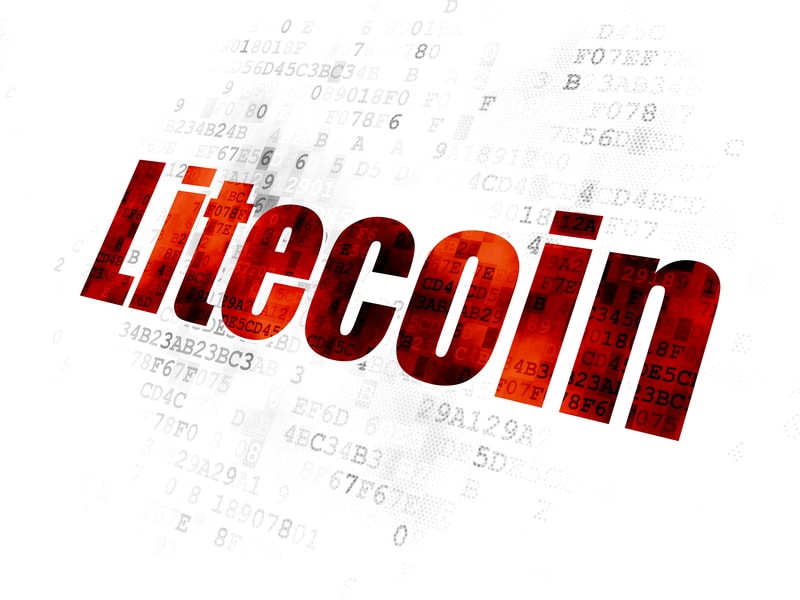A few days ago, two proposals were published about the way in which it would be possible to integrate MimbleWimble (MW) into the Litecoin blockchain (LTC) in order to increase the block size.
The two proposals are the LIP2 and LIP3, i.e. Litecoin Improvement Proposal, and are linked together: the first concerns the increase in the size of Litecoin blocks and the second, using the first proposal, concerns the change to add MimbleWimble.
Among the authors of LIP2 there is the founder of the Litecoin project, Charlie Lee, hence a proposal that will certainly not go unnoticed: it falls into the category of consensus, which means it will be a soft fork and thus it will only require the installation of updated software.
As can be read in the LIP2 proposal, thanks to the increase of the block size it will be possible to add new protocols without changing the Litecoin consensus protocol; all is achieved through peg-in and peg-out transactions:
“This LIP introduces extension blocks (EB) as a way to implement new protocols to Litecoin without altering any consensus rules. Extension blocks are created through peg-in transactions and an integrating transaction, a term coined by Johnson Lau in his original [https://lists.linuxfoundation.org/pipermail/bitcoin-dev/2017-January/013490.html](proposal). Litecoin can also be moved out from the EB to the canonical chain through peg-out transactions”, is explained on GitHub.
This solution has been designed to integrate the MimbleWimble protocol, which would not be possible at the moment through a traditional soft fork because MW is not based on scripts.
This first proposal then paves the way for the second, namely LIP3.
“This LIP introduces opt-in MimbleWimble (MW) as a new transaction format through extension blocks (EB). Extension blocks run alongside main chain canonical blocks at the same interval of 2.5 minutes on average. Inside the EB is where MW transactions occur. Users can opt-in to using MW by moving their coins in and out of the EB through an integrating transaction. To transition coins from the canonical side into the EB, it must be pegged-in. Coins on the canonical side are sent to a specially marked anyone-can-spend address. This results in the redemption of the equivalent amount of MW coins inside the EB. Once inside, MW transactions can occur. Coins in the EB can also be pegged-out back to the canonical blockchain and will be sent out of this special address. This special address will hold all the coins that represents coins on the extension chain.”
With regard to the reasons for the proposal, it is worth noting that the motivation came from the transparent nature of the blockchain and that, based on how Litecoin (LTC) was conceived, the aim is to prevent everyone to see every transaction and track all the movements of LTC.
“Due to the nature of a transparent ledger, transaction history can be publicly traced. This hinders Litecoin’s fungibility in several ways. Personal identifiable information collected from IP address, exchanges, or merchants can be leaked then tied to your addresses. Also services, such as chain analysis, provide risk-scores based on whether or not any addresses that they have blacklisted appear in its transactional history. This results in some businesses treating these coins as “tainted” and then sending them back to the owner, or worse yet, shutting down their account. This hinders Litecoin’s functional fungibility in a government regulated merchant world.”
Privacy is an important issue in the blockchain sector, but it creates many problems for its users since many transactions are only pseudo-anonymous, which means that it is possible to track who carried out a transaction or at least narrow down the area of activity. Not surprisingly, also Tezos (XTZ) will introduce the zk-SNARKS protocol.



